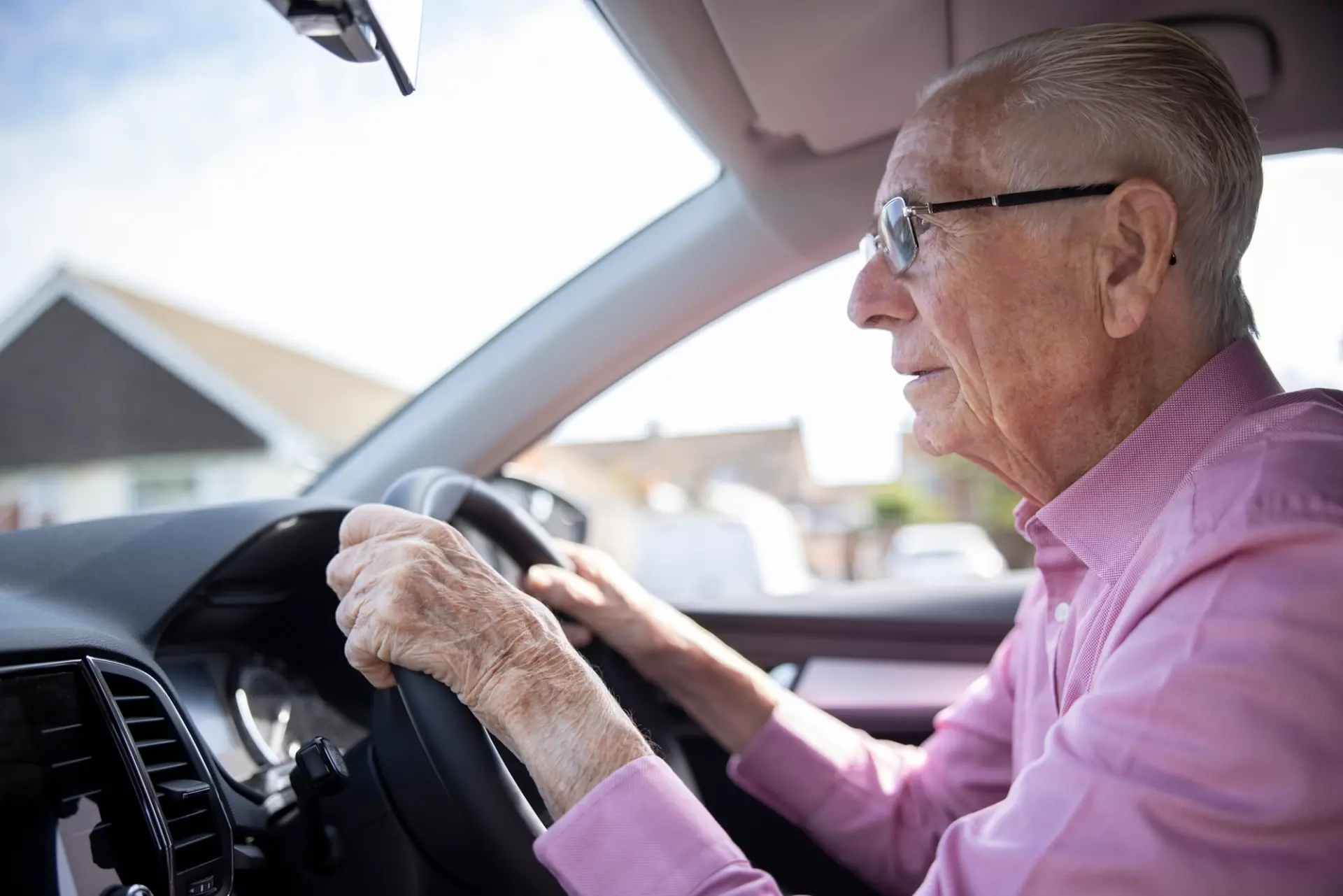Introduction: The Independence of the Open Road and Parkinson’s Disease
Driving is often synonymous with independence, offering the freedom to explore, commute, and maintain a sense of self-reliance. However, for individuals living with Parkinson’s disease, a progressive neurological disorder affecting movement, the decision to stop driving is a complex and often emotionally charged process. In this blog post, we delve into the reasons why many people with Parkinson’s eventually give up driving and explore the challenges associated with this significant life transition.
Section 1: The Impact of Parkinson’s on Driving Abilities
1. Motor Impairments: Navigating the Road with Tremors and Rigidity
Parkinson’s disease manifests in various motor symptoms, including tremors, stiffness, and bradykinesia (slowness of movement). These symptoms can significantly affect an individual’s ability to control a vehicle safely, making driving a potentially hazardous activity.
2. Cognitive Decline: The Intersection of Memory and Navigation
As Parkinson’s progresses, some individuals may experience cognitive decline, impacting memory, attention, and spatial awareness. These cognitive challenges can compromise the ability to navigate, follow directions, and respond to rapidly changing traffic conditions.
Section 2: Safety Concerns on the Road
1. Reaction Time and Decision-Making: The Need for Swift Responses
Driving demands quick reflexes and effective decision-making. Parkinson’s symptoms such as bradykinesia and difficulty initiating movements can lead to delayed responses, increasing the risk of accidents and jeopardizing road safety.
2. Medication Side Effects: Balancing Treatment and Road Safety
Many individuals with Parkinson’s manage their symptoms with medication. However, some medications may cause side effects such as drowsiness or dizziness, which can compromise a person’s ability to drive safely.
Section 3: Emotional and Psychological Factors
1. Fear and Anxiety: Battling Emotional Turmoil Behind the Wheel
The fear of potential accidents, the stress of managing symptoms while driving, and the anxiety associated with the unpredictability of Parkinson’s can create a daunting emotional landscape. These factors can contribute to a decision to step away from the driver’s seat.
2. Loss of Independence: The Emotional Toll of Relinquishing Control
Driving represents a tangible symbol of independence, and relinquishing this capability can be emotionally challenging. The decision to stop driving often involves coming to terms with a perceived loss of freedom and a shift in one’s sense of autonomy.
Section 4: Support and Alternatives
1. Open Communication: Navigating the Conversation with Loved Ones
Open and honest communication within the support network, including family, friends, and healthcare professionals, is vital. Discussing concerns, exploring alternative transportation options, and understanding the emotional impact of this decision can facilitate a smoother transition.
2. Exploring Transportation Alternatives: Shaping a New Chapter
As driving becomes less viable, exploring alternative transportation methods becomes crucial. From public transportation to ridesharing services and community-based programs, various options can help individuals with Parkinson’s maintain mobility and connection.
Conclusion: Embracing Change with Grace and Support
The decision to stop driving is a poignant chapter in the journey with Parkinson’s disease, marked by a myriad of challenges and emotional complexities. However, with open communication, a strong support system, and a proactive approach to alternative transportation, individuals with Parkinson’s can navigate this transition with grace and continue to lead fulfilling lives. The focus shifts from the road left behind to the possibilities that lie ahead, embracing new avenues for connection, exploration, and independence.



